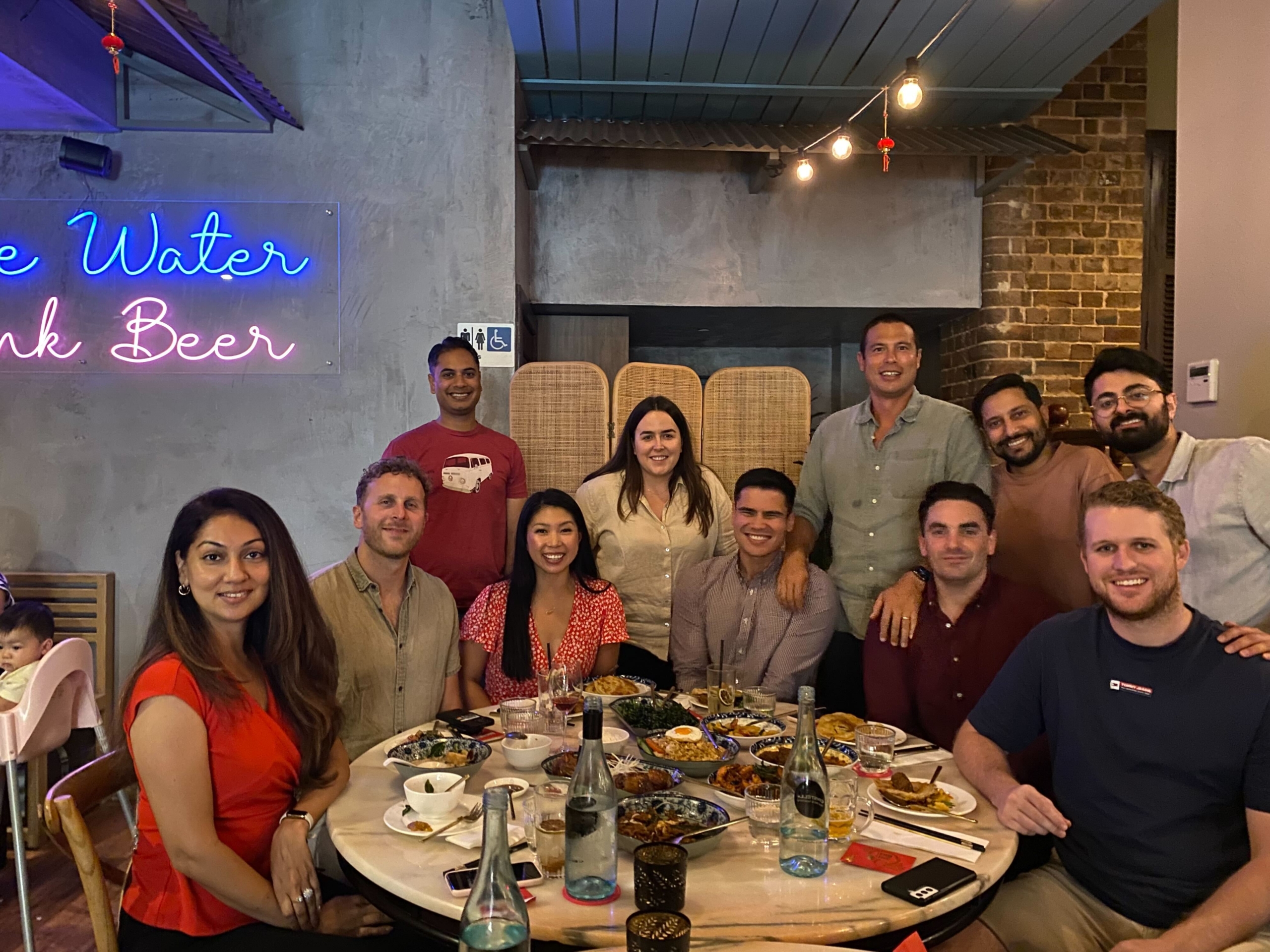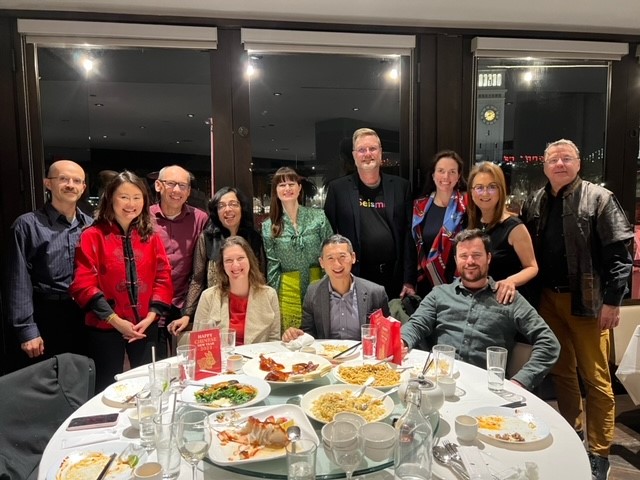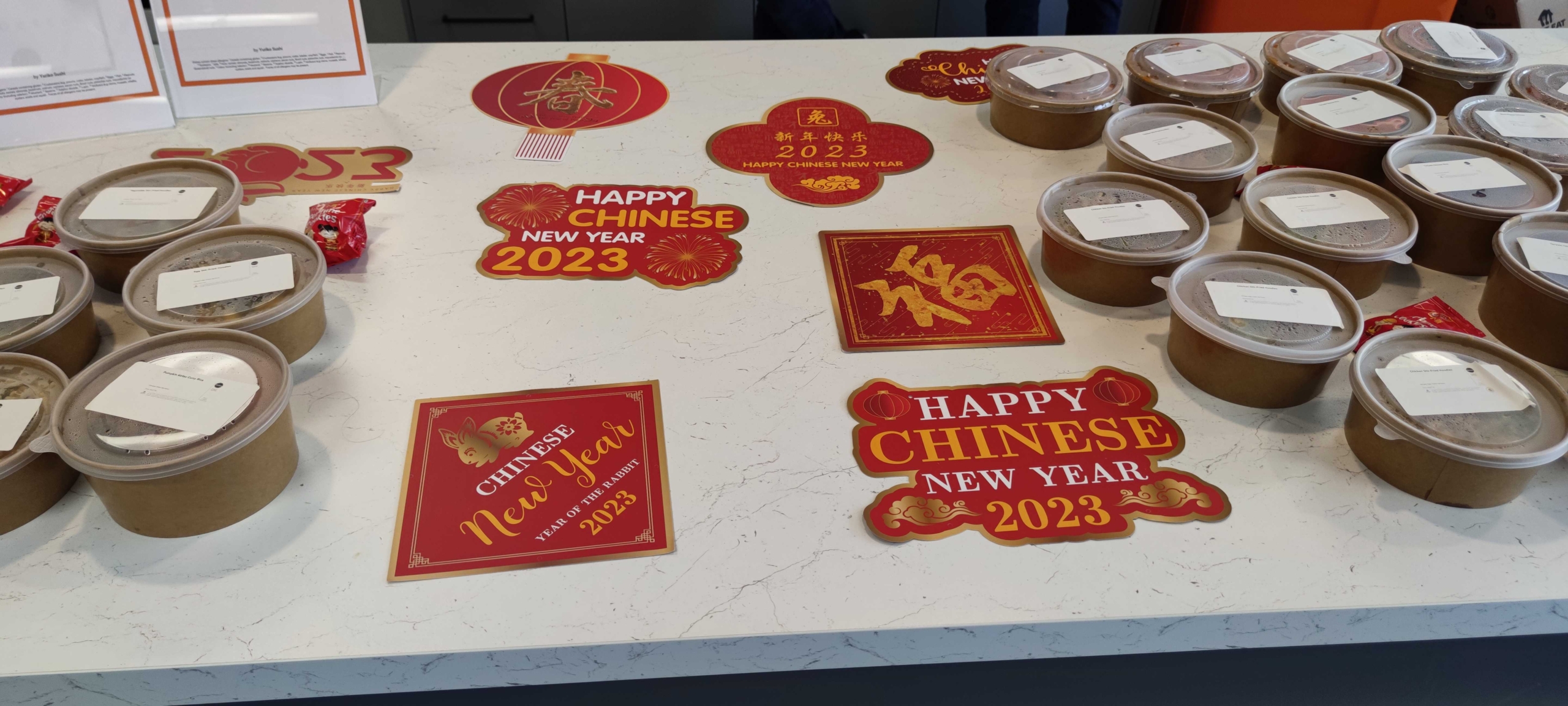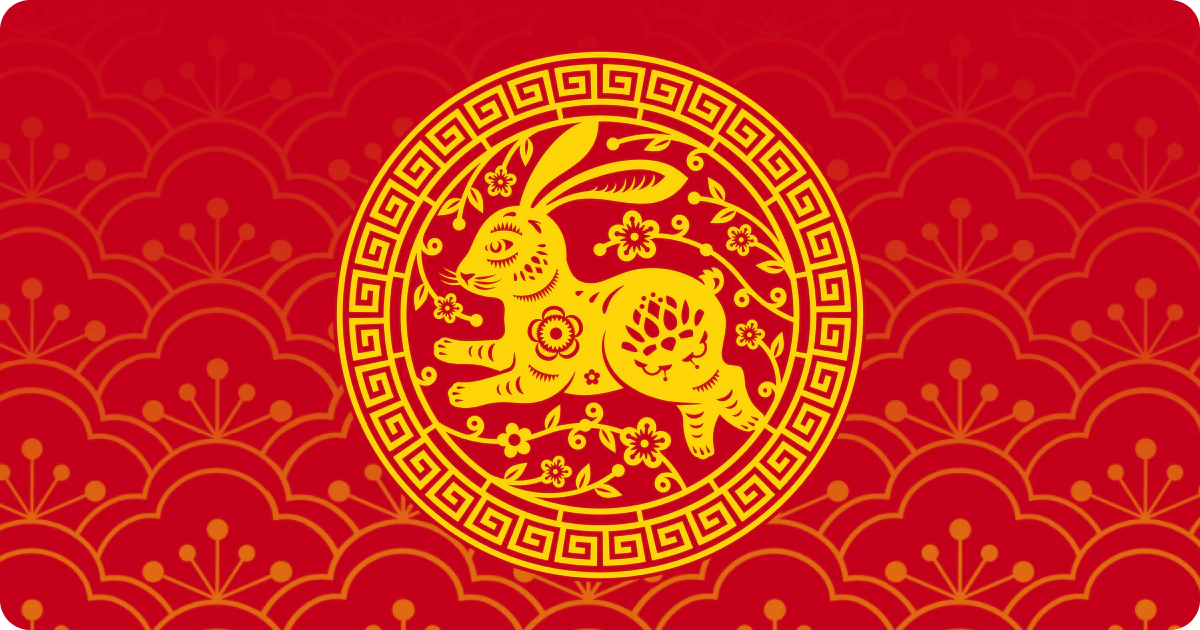For Chinese and some Asian communities around the world, the Lunar New Year is the most important and festive holiday of the year. Through centuries of China’s agrarian tradition, this was the one period when farmers could rest from their work in the fields. Family members from near and far would travel to be with loved ones in time to usher out the old year and welcome in the new, with celebratory gatherings with family and friends.
With a calendar dating from the third millennium BCE, the Chinese people have been building on ancient customs of New Year celebrations for thousands of years. Although they may vary from region to region, village to village, and even family to family according to social position, many of these customs are still observed.
Today, during what is now commonly referred to as the Spring Festival, passenger trains, buses, and riverboats are packed with holiday travelers from all over China. Shops do a flurry of business selling gifts, new clothes, and festive foods. Kitchens bustle with preparations for elaborate feasts and streets are filled with the sounds of firecrackers and seasonal greetings.
For those living outside of their native countries, Asians who celebrate this holiday still try to honor tradition by gathering with family and friends at home or at a favorite Asian restaurant for a lavish meal and giving the gift of bright, beautiful red envelopes (known as 紅包, hóngbāo) filled with new money to children or unmarried adults for good luck in the coming year!
How Seismic celebrated Lunar New Year
This Lunar New Year, Seismic’s Asians and Pacific Islander Community of Belonging hosted several events to celebrate. We hosted Asian-themed lunches at our Seismic offices to honor Lunar New Year traditions, and, most importantly, we learned from members of the AAPI Community of Belonging. Here are a few of their stories.





AAPI Community of Belonging honors Lunar New Year
As part of our weekly employee spotlight, we spoke with team members to learn more about how they celebrate Lunar New Year.
Lena Gu | Support Engineer I | China
During Lunar New Year, I remember a popular saying in Chinese, “You Qian Mei Qian, Hui Jia Guo Nian,” which means, regardless of being rich or poor, we go back home for the Chinese New Year.
In previous years, our family would have been busy since the December 23rd Lunar calendar. My brother and I would help my parents clean up the house and prepare special purchases for the Spring Festival. We would buy a lot of candy, nuts, and new clothes. The most important thing was to make a lot of delicious food. And my favorite food was the fried sweet potato balls. You peel and mash steamed sweet potatoes and make them into balls, then fry them in hot oil until they become golden brown. It’s crispy outside and soft inside. It’s very delicious.
Early on the morning of New Year’s Eve, my mother would start to prepare materials for making dumplings. My brother and I would paste the Spring Festival couplets and blessing characters. We hope that the whole family can receive good blessings in the coming year. After that, our whole family would make dumplings together (although the dumplings I made were a bit ugly, the whole family was happy together). We would put two coins in the dumplings and whoever ate the coins would have good luck in the coming year. To get the coins, children would eat more dumplings than usual.
I hope that everyone can get coins and have good luck in the coming year.
Hannah Kim | Associate Solution Consultant | Chicago, Illinois
When my family immigrated from South Korea to America, to follow along with the American holiday calendar, we shifted our celebrations from Lunar New Year (LNY) to the New Year (January 1st.) This was common practice across many immigrant families that didn’t want to disturb their holiday schedule or inconvenience work holidays. They believed in changing to the country they are now calling home instead of asking for days off.
Since then, we shifted back to doing our celebrations on LNY! We eat a dish called Tteokgook ( 떡국) which translates to rice cake soup and we eat it with banchan (side dishes). This soup has flat and ovular rice cakes in a beef bone broth garnished with thinly sliced eggs (separating the whites and yolks to make it pop), roasted seaweed, and green onion. The ovular rice cakes look like coins and symbolize upcoming prosperity, while the whiteness of the broth symbolizes a pure, clean start to the new year. We will also have a family dumpling folding party to make the dumplings that go into the soup!
Growing up, we dressed up in traditional Korean clothing called Hanbok (sadly, mine no longer fits). Then we go to family and friends’ homes, and perform a sebae (a Korean ground deep bow) to elders, wishing them luck and prosperity in the new year. The elders then share words of wisdom with the younger and give them money (to save for their future, of course).
We also play a game called Yut Nori! There are 4 special sticks and two teams. You throw the sticks in the air and how they land determines how far a player moves on the game board.
Tashi Chomphel | Senior Software Engineer I | Ontario, Canada
For Tibetan Lunar New Year – what we call Losar – Tibetan families all over the world spend meaningful time together celebrating the end of one year and welcoming the beginning of another.
Traditionally Losar is celebrated over 15 days and on the first, we visit a Tibetan Buddhist monastery to pray for our loved ones and for all sentient beings. On the second you spend time with your own families, and for the next few days, different themes are celebrated for each day.
If it weren’t for the pandemic, here in Toronto, we would usually have a large community gathering at our community center and celebrate together over food and cultural performances by people from all age groups and walks of life, and end the celebrations with traditional circle dances! As we would say, Losar la Tashi Delek! Happy Lunar New Year!
Ae Na Truong | Senior Sales Engineer | Australia
Lunar New Year is by far my favorite time of the year. Being of Chinese heritage and as a first-generation Australian, my parents taught me that Lunar New Year was not just about the red envelopes, frivolous new clothes and delicious banquet, but rather coming together as a family and celebrating what had been and the year that it will be.
The preparation for Lunar New Year at the Truong’s starts a week beforehand when we’d go to the temple to send up our wishes for the next year. We’d spend a week preparing sticky rice cakes (Zhong) and Teo Chow spring rolls (Twice cool, steamed and fried). Not to mention, the numerous trips to Cabramatta to stock up on groceries for the Reunion Banquet and cleaning of the house – it’s a very busy time.
On Lunar New Year’s Eve, I would wake up with my dad at 5:30 am and head out to buy roast duck, pork belly, and chicken. Until midday, we’d spend time preparing numerous dishes to offer our ancestors. We’d then come together for our reunion banquet. This is where, no matter distance, we’d come home to my parent’s house and eat to our hearts’ content. It’s a joyous time, fueled with lots of love and laughter (not to mention alcohol).
In the evening, we’d head off to the temple and send ahead our prayers for the new year. It’s always a treat and a real spectacle with lion dancing and topping everything off with midnight fireworks.
Among the many fond memories (like playing who can find the smallest lychee seed over Reunion Banquet), my favorite is New Year’s Day. I love waking up to an unlimited supply of Love Letters egg rolls. I feel like a kid all over again.
Happy Lunar New Year
As we look back on the Lunar Year, we’d especially like to thank our AAPI Community of Belonging. Celebrating the new year has been a great experience that our teams have enjoyed around the world.
If you’re interested in learning more about Seismic, you’re in luck – we’re hiring! Check out our latest openings here!
